Solar Power Explained
After the success of the Solarize Lexington-Bedford initiative in 2014, in which over 100 homes had solar panels installed in Lexington, we thought it was time to explain this technology and provide information on how to decide between the various financing options. First though what is solar power?
There are two basic types:
- Solar hot water systems - this circulates water through pipes on the roof which are exposed to sunlight. The sunlight heats the water which is then used to supplement the home's existing domestic hot water (DHW) system.
- Solar PV systems - solar panel installed on the roof convert sunlight into electricity through a process call photovoltaic (PV). This electricity is used right away to power whatever is on in your house, like the TV, computer, or lights. Extra energy is sent back to the utility, and as that happens the electric meter will run backwards (net-metering). The utility's net-metering program means that they've committed to buying power from you at the same rate as they sell it to you. So, while you are at work during the day you will be feeding excess power to the utility, and then when you come home at night (the sun is no longer shining on your solar panels), the utility will provide you with power.
It is possible to install both types of systems at the same time - generating both electricity and hot water.

Installation with solar PV and solar hot water systems
Most of the questions we get are about solar PV systems so in this newsletter I will focus on these systems.
Solar panels are installed on the roof - a lattice of supporting structures are affixed to the roof and the panels are then attached to these support structures. One point to consider is the age of the roof - a newer roof is more appropriate for the installation - because you do not want to have to pay to have the panels removed and re-attached in a few years when you replace the roof.

Solar panels and the lattice structure they are connected to
Approximately 15% of home in MA are appropriate for the installation of solar panels. The reason this number if so low is that to make the installation, and running, cost-effective a large, flat, south facing roof with limited tree (shade) cover is preferred. We live in a Victorian - the roof is complex and east/south-east facing and so the economics for this roof just don't add-up (I'll explain the details later) even though I have a large roof area and can fit 17 panels.

Roofline showing placement of solar panels (Lexington Victorian)
To put 15% in perspective that's over 1,500 homes in Lexington that could benefit from solar panels being installed.
An installation consists of three main components:
- Solar panels - these are approximately 3' x 5' and are affixed to all roof lines with sufficient sunlight and limited tree cover (shade). They convert sunlight into electricity.
- Inverter - the PV process in solar panels creates direct current (DC) and US homes work on 110V alternating current (AC). The inverter converts DC to AC - older systems do this through a single system in the basement; newer systems have an inverter attached to each panel. The single inverter means that the overall output of the system can be limited if some panels are in the shade, the many-inverter design overcomes this limitation.
- Net-meter - unlike a conventional electricity meter which can only spin one way (power comes in) a net-meter can spin backwards if you send unwanted power back to the grid.
There is also an optional component:
- Battery backup - as the solar panels are generating power can you isolate yourself from power outages? For safety reasons a solar system cannot push power back into the grid when there is a power outage and so the majority of systems switch-off when an outage occurs. If you install a battery backup system you can isolate yourself from the grid but still use the power stored in the batteries and the power being generated by the solar panels (assuming the outage occurs during daylight).
Buy vs. Financed vs. Leased
All homeowners contemplating installing solar panels will have to consider the question on whether to buy or lease a system.
Buy
Buying a system means you pay all the up-front costs for the system and the installation. The approximate cost of this is between $4.00 and $4.50 per watt (while the Solarize Lexington-Bedford initiative was active this cost was reduced to $3.15 per watt). The system (panel, inverters and net-meter) are considered permanent fixtures and will transfer to the new owner if the house is sold. If you are thinking of moving in the near future then installing solar panels should not be your top-priority.
How much does it cost to install solar panels? The average electricity usage in MA is 6,000 kWh. A system large enough to generate this amount of electricity would costs approximately $4.00 x 6,000 = $24,000. You will need to talk to a solar provider to get accurate costs and configuration but this gives you an order-of-magnitude cost.
What about the incentives for solar PV? There are three main ones. The IRS will allow you to write-off 30% of the initial system and installation costs in the first year through an investment tax credit (ITC). The MA Solar Renewable Energy Certifications (SREC) scheme requires electricity providers to buy SRECs (households with solar panels generate SRECs). You can then sell these SRECs to the electricity providers at approx. $270 per SREC (an SREC is created every time a system generates 1,000 kWh). MA will give you a 15% personal tax credit against your state income taxes (capped at $1,000) for the installation of solar PV and solar water heating.
What is the payback period? Based on the above installation costs, incentives and savings from power generated the payback period is about 5-6 years. Again, you will need to talk to a solar provider to get accurate costs and configuration but this gives you an order-of-magnitude payback period.
Will my house go up in value when I've installed solar? The jury is still out on this question. The only study was conducted in California (a more mature solar market which interestingly has average electricity consumption similar to MA) and they calculated a sales price increase of $5,900 per kW (of installed power). Will this apply in MA - our experience with selling two homes in Lexington with solar panels was that the buyers thought solar was a 'nice option' but not one they were prepared to pay a premium for. This will undoubtedly change over time as buyers begin to understand the benefits and systems become more common.
A final comment on Atrium Power the preferred solar installer during the Solarize Lexington-Bedford initiative. They came to survey my house but (I assume because it was not an ideal candidate) they did not return my numerous phone calls enquiring what the cost of an installation would be.
Finance
Financing solar installations is not mature and very few banks offer such schemes. One bank that does offer renewable energy lending loans is Admirals Bank (see details below).
Lease
Leasing allows you to have a solar panel system installed on your roof with $0 down - companies offering these schemes include Solar City and Vivint Solar. The homeowner leases the system and agrees to buy all the power generated by the panels for a fixed rate (with an inflation based increase) that is considerably less than the current NSTAR rate. A recent quote from Solar City had their rate set at 12.5 cents per kWh (the current NSTAR rate is 17.9 cents per kWh).
The system is installed and maintained by the leasing company and you agree to buy all the power generated for up to 20 years. Here's the uncertainty with this - you (the current homeowner) lease the system. When you sell the house the lease can be assumed by the new homeowner. But, as it is considered personal property, they are not required to do so. The leasing companies say - why wouldn't the new homeowner take over the system, and they have a good point. But when I asked Solar City what if the new owners do not assume the lease the reply was 'it gets complicated'. Actually it's not complicated - if the new homeowner will not assume the lease the system will be removed from the house and the prior homeowner will have to pay the leasing company for the remaining part of the lease or some percentage of the system/installation costs (depending on the age of the system).
Does the leasing company put a lien on the property? In the cases I have seen they do not, rather the lien is on the homeowner, but if you are considering installation this would be a key question to ask.
The only other potential issues with leased systems concern financing for the new homeowner when you sell. As the solar system is personal property (not a fixture) it cannot be considered in the appraisal so you will not get any appraisal increase because you 'went green'. Also there is some evidence that some banks will not provide financing if there is a leased system installed (I do not understand this as the solar system is personal property) - in this case, the portfolio lenders are a good source of financing.
Solar and Home Buying/Selling
Even though we are seeing solar panels on homes in MA the number is still small and the number selling is even smaller. What this means is that the majority of buyers are not actively looking for green homes. Zillow and the MLS are only just allowing realtors to annotate if a home has a green certification and/or renewable energy systems. A recent analysis of new construction MLS entries showed that over 50% did not specify the green credentials of the homes correctly. For seller's the appraisal process should include an Appraisal Institute Green Addendum - but this is rarely done. This will undoubtedly change as more homes with solar systems (solar PV and solar hot water systems) come on the market.
Did I Install Solar?
We did look into both buying and leasing a solar PV system. We have a large roof but as it's a Victorian the roofline is complex and east/south-east facing (a south facing colonial or ranch would be ideal). The total power the 17 panels on the roof could generate would only be 4.335 kW. Given our total power consumption this was too small a percentage to make economic sense to buy. In terms of leasing we felt there was too much uncertainty and too little adoption of leased systems and so the benefits were not high enough to warrant the additional risk.
References
MA Solar Renewable Energy Certifications (SREC) scheme
www.mass.gov/eea/energy-utilities-clean-tech/renewable-energy/solar/rps-solar-carve-out
www.srectrade.com/srec_markets/massachusetts
Admirals Banks has a solar PV financing product
www.admiralsbank.com/renewable-energy-lending/loan-programs/solar-step-down
Fannie Mae guidelines on financing homes with leased solar PV systems
www.fanniemae.com/content/guide/selling/b2/3/04.html
If you would like an estimate of what your home would sell for in today's market I would be more than happy to come by, have a look at your home, and then provide a CMA (comparative market analysis) which will provide you with an estimate of what your home should sell for, along with a marketing plan to get maximum exposure for your home.
If you have any questions about any of this then please don't hesitate to reach out to one of us. We would be more than happy to help.




